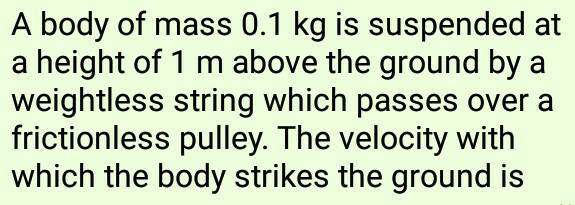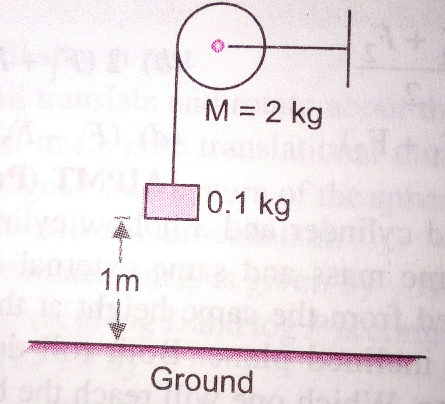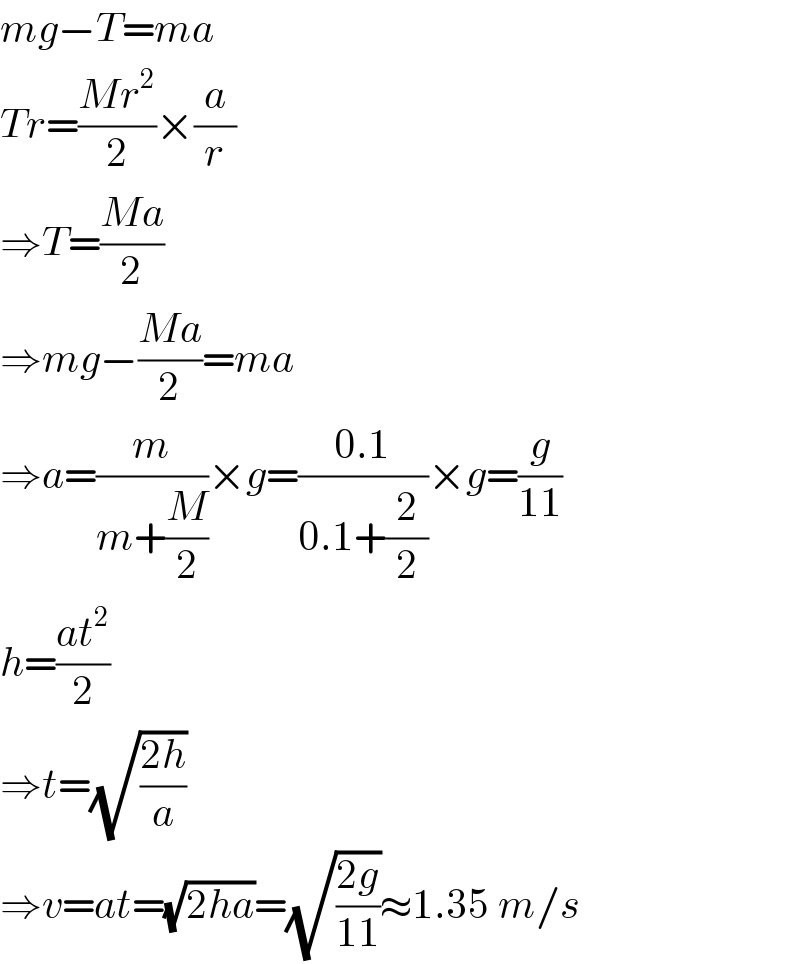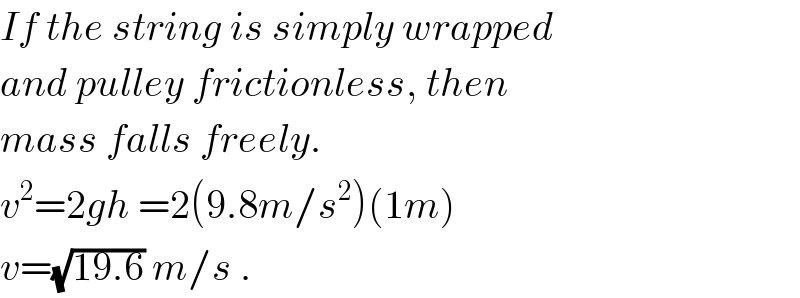
Question and Answers Forum
Question Number 24877 by Tinkutara last updated on 28/Nov/17

Commented by Tinkutara last updated on 28/Nov/17

Commented by mrW1 last updated on 29/Nov/17

Commented by ajfour last updated on 28/Nov/17

Commented by ajfour last updated on 28/Nov/17

Commented by Tinkutara last updated on 29/Nov/17

Commented by jota+ last updated on 28/Nov/17

Commented by mrW1 last updated on 29/Nov/17

